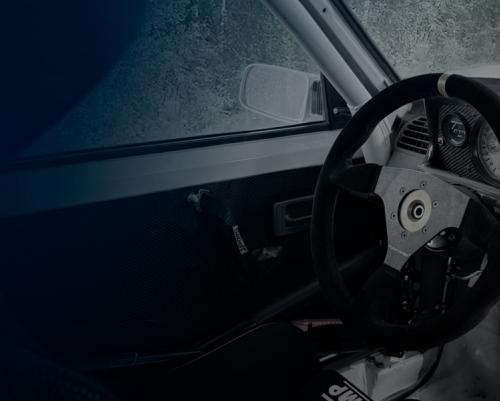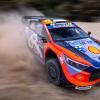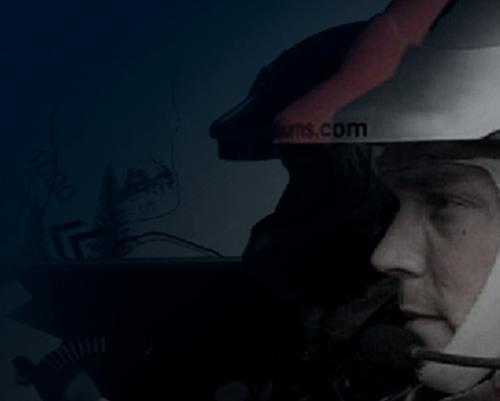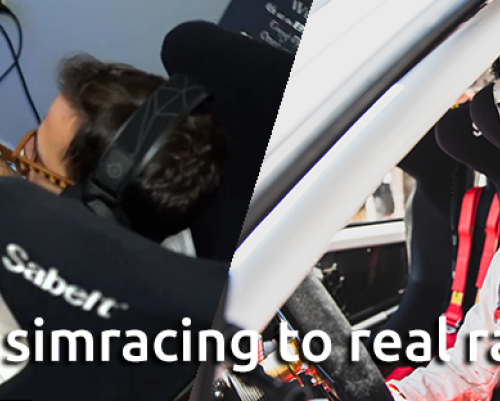No one became a professional footballer by playing FIFA, or a basketball player by playing NBA 2K. But race drivers who started in simracing? There are many.
No one became a professional footballer by playing FIFA, or a basketball player by playing NBA 2K. But race drivers who started in simracing? There are many.
Follow us on Social Media Facebook, Instagram & YouTube to be informed about our motorsport activities.
The Similarities
Simracing isn’t just a game — it’s driver training that teaches you:
- Racing lines and braking points, just like on a real track.
- Focus and mental discipline, lap after lap.
- Data analysis and car setup adjustments through telemetry.
- Decision-making and risk management in split seconds.
That’s why major programs like GT Academy have produced real-life race drivers who began behind a virtual wheel.
The Differences
As realistic as physics can get, the real track offers sensations no simulator can fully replicate:
- G-forces and physical fatigue – your body feels every bump and vibration.
- Risk and cost – in the sim you press restart; on track, you pay the repair bill.
- Grip and car feedback – in the sim it’s through the wheel; in real life, through your whole body.
- Environment and pressure – heat, weather, noise, spectators, and nerves all play their part.
Simracing can simulate 90% of the experience, but that remaining 10% — the physical and emotional reality — is what makes real racing unique.
From Screen to Track
Simracing is arguably the safest and most affordable way to get into motorsport. You don’t need a license, a race car, or a huge budget — just passion, patience, and dedication.
Many drivers, including some in Greece, started on simulators and carried what they learned to the real track: vision, rhythm, braking control, and self-awareness. When they finally got behind the wheel of a real car, they were already “drivers” — they just hadn’t felt the G-forces yet.
The Takeaway
Simracing isn’t a substitute for real racing — but it’s the best classroom before you get there.
Like any form of training, it builds skills, habits, and confidence. And if you take it seriously, it can be the bridge that takes you from your living room to the paddock.











